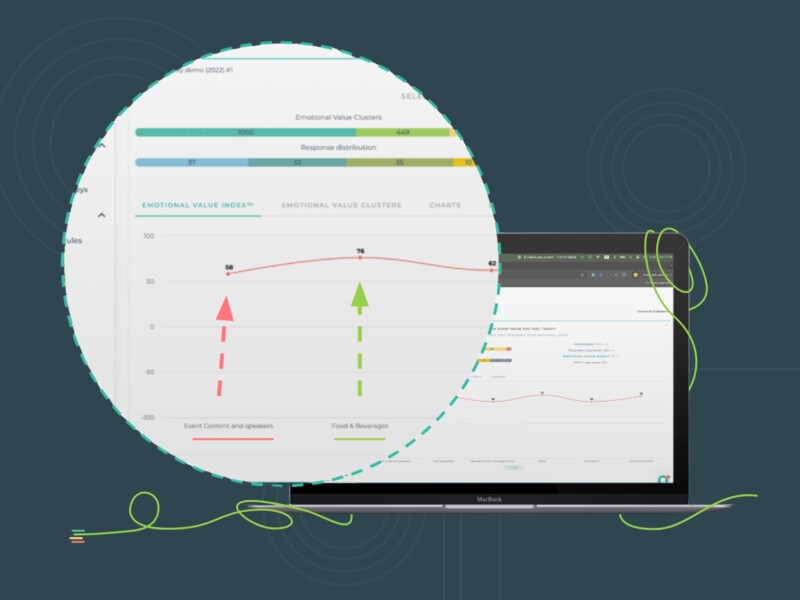As the leader in your organization, you might be paying a lot of attention to customer experience. You are aware of its true potential in helping your business reach great heights and prosper. You know that providing fabulous customer experience can keep your clients close, loyal, and happy.
But is that enough?
For a truly rewarding CX strategy to work, every practice of your business must be executed with the end customer in mind. This means that it has to be fostered from the roots, from every rung, and from every branch of the business.
Organizational culture and customer experience
A company’s culture is defined as the set of core values, beliefs, and norms that governs its working environment. It is what unites every employee under one overarching principle. If your brand focuses on customer experience, your organizational culture should be a reflection of it.
Whether you intend to design a customer-centric culture from scratch or align the existing one towards it, it’s important to remember that every business process has to be redesigned for a successful, holistic approach. The best way to do it is by integrating the value of the customer into your organization’s culture as it’s connected to every activity of the business. It will bring together like-minded people and weather those who defy it. It also helps employees grasp the concept better and practice it in their tasks.
So, here’s how to build an amazing customer-centric culture that clients and employees would love to be a part of!
Hire for the customer
Customer experience is an attitude that you should expect from each of your employee. Only then, you can expect it in their job roles. Ultimately, they are the people who will be interacting with clients more than C-level executives. If they are not willing to walk the extra mile you advocate for, it’s pointless.
This is why recruiting the right employees whose behavior and attitude align with your expectations matter a lot. During the interviewing and screening process, it’s important to specify how much customers mean to your organization and the level of dedication you expect from employees when serving them. Ask questions based on customer experience to understand how they receive the concept.
Use your mentorship to circulate awareness
Another effective way to get your message across is by highlighting it repetitively. Take the initiative to advocate for customer experience in training programs, meetings, and other interactions that take place within the organization. You can also conduct separate programs or workshops to spread awareness. Emphasize on the powerful impact of customer experience and how it benefits your organization. You can use data backed facts to reinforce your idea. As an example, it’s multiple times difficult to attract prospects than retaining existing customers and providing good CX can be beneficial in this regard.
The message should also extend beyond employees to shareholders, suppliers, and contractors. Every agent linked to your brand must understand it’s a core value upheld by the organization so that they prioritize it as well.
Reward those who support the culture
While some employees will get on board right away, others would need a nudge or support to adjust to the new norm. Either way, you need to appreciate employees for their efforts and encourage them to uphold the value. A financial or non-financial incentive scheme must be designed to recognize employees who have gone above and beyond their job role to provide a better service for customers.
This will not only push them further but also encourage other employees to follow their footsteps. They will be keen to exchange their ideas on the new set of values focused on customer experience and perform better. It’s a great way to build solidarity among workers as well.
Make vital customer data and feedback available to everyone
Every department in a company is tied to the customer directly or indirectly as all activities ultimately contribute to the sale of the product. But, you cannot expect the entire organization to be heavily focused on customer experience if only sales and marketing team have adequate knowledge on it. This is why it’s important to make vital customer information readily accessible to every employee in the organization via a suitable platform. It can be insights gained from analyzing customer related data like buyer personas, purchasing patterns, behavioral traits, expectations, and preferences. Departments can use them to improve their functionalities.
Similarly, valuable, constructive feedback should also be available for each team to review. As an example, if customers have reported on a faulty product or drawbacks in the service, the product development team should be able to utilize them.
Design special programs to enhance customer experience
Delegating authority to employees to take charge of customer experience is a great way to strengthen the customer-centric corporate culture. By doing this, you empower employees to value your principles and come up with their own ideas to support it. It’s more effective than merely wording out the significance of treating customers well.
Design specific programs to support and value customers of your brand and appoint employees to handle them on their own. Encourage them to take prompt decisions and resolve customer pain points. Consider these classic examples of brands that invested special efforts to treat their customers for inspiration.
Visualize the customer-centric appeal
An organizational culture that values customers and invests special effort to treat them satisfactorily gains a strong competitive advantage over its counterparts. Potential prospects would regard it as a worthy brand and wouldn’t hesitate to engage in business with it. So, don’t let your efforts go unnoticed. Reflect it in your marketing campaigns and appreciate employees for their contribution.
You can also create a workplace ambiance that speaks of a customer-centric culture through banners, posters, and pictures. While it helps employees remember the importance of placing the customer at the forefront in their job, it also lets visitors know the special place customers hold in the organization.
Conclusion
Transforming or altering an existing corporate culture built with a different set of values into one that revolves around the customer is not an easy process. It is neither an overnight process to deliver immediate results. It takes a lot of persistence, dedication, and consistent effort to create the change. Moreover, it has to be a collective approach that has to be practiced by everyone in the organization. Having a set of predetermined metrics can help you measure the success of your efforts into creating a customer-centric culture.



